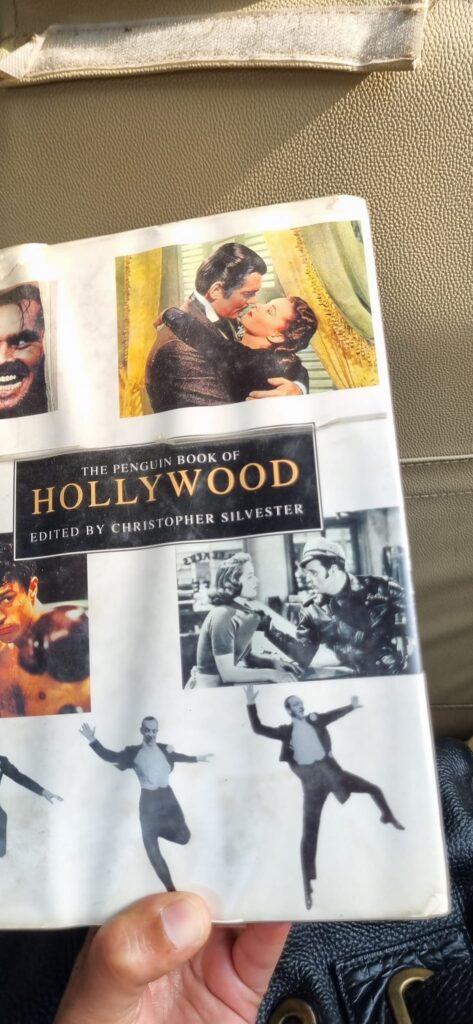 ( My review of Ayana Mathis’s Twelve Tribes of Hattie has been published in the Hindu Literary Review. Online on 5 Oct 2013 and in print on 6 Oct 2013. Here is the link to the original url http://www.thehindu.com/books/books-reviews/historys-brood/article5200369.ece?homepage=true . It was titled “History’s Brood”. I am c&p the full text of the review below.)
( My review of Ayana Mathis’s Twelve Tribes of Hattie has been published in the Hindu Literary Review. Online on 5 Oct 2013 and in print on 6 Oct 2013. Here is the link to the original url http://www.thehindu.com/books/books-reviews/historys-brood/article5200369.ece?homepage=true . It was titled “History’s Brood”. I am c&p the full text of the review below.)
Hattie was stronger than Bell could ever be. She didn’t know how to tend to her children’s souls, but she fought to keep them alive and to keep herself alive. (p.217) … Fate had plucked Hattie out of Georgia to birth eleven children and establish them in the North, but she was only a child herself, utterly inadequate to the task she’d been given. (p.236)
The novel is about the “high yellow girl” Hattie Shepherd who began courting August when she was fifteen because he was a secret from her Mama and “because it thrilled her to go out with a country boy beneath her”. They married when Hattie discovered she was pregnant with her twins, Philadelphia and Jubilee. Unfortunately it is 1925, before penicillin has been discovered and the infants succumb to pneumonia before they turn one. “Not a day went by that Hattie did not feel their absence in the world, the empty space where her children’s lives should have been.” The nine other children she goes on to have consider their mother to be cold and frosty, yet she finally learns to (according to Willie, the witch doctor) wrestle down her “restless soul”. Hattie’s tribe of twelve consists of her children and one grandchild in particular, Sala.
The Twelve Tribes of Hattie is fiction but set across sixty crucial years of North American history. The story starts during Prohibition, slavery and racial segregation existed in Georgia to conclude in 1980, the year Ronald Reagan was elected President. Ayana Mathis sketches brilliantly the evangelical gatherings in the revival tents where Six delivers his first sermon, the blues-jazz music that Floyd plays, war in Vietnam that Franklin experiences firsthand, child sexual abuse that Billups keeps as a deep secret, Bell’s slide down the social ladder into deep poverty and her near brush with death due to consumption, and Cassie’s schizophrenia. Each chapter is told well. They are absorbing to read but what is disconcerting is that the stories remain like threads swirling around Hattie. This is where the Hagar myth that looms large in African-American literature resonates well. Sarah, Abraham’s wife, offered her Egyptian slave to her husband when she was barren. Hagar had Ishmael by Abraham. Later when Sarah had Isaiah, God promised Hagar that her son, Ishmael, would create a nation. Similarly Hattie’s children spread far and wide, across the nation and the social ladder to leave their mark.
It is not historical fiction but there are details in the novel that document history accurately – the revival tents for evangelical gatherings, discovery of Penicillin, the recognition that schizophrenia required medical treatment and not taking the patient to a religious gathering for the devil to be exorcised, the limitations of a witch doctor, the social acceptance of a black doctor as with Alice’s husband. Ayana Mathis is a powerful storyteller, ( the painful description of the dying twins or of Cassie’s schizophrenia or Bell’s tuberculosis slowly killing her) the chapters come together as a powerful novel and explains why Oprah Winfrey chose it for her book club. Yet it is impossible to get away from the feeling that this is a brilliant product of a creative writing course. The sketches, the accuracy to detail, creation of atmosphere are powerful but the random use of minor character or even the sporadic appearance of the siblings does not make much sense.
Ayana Mathis, The Twelve Tribes of Hattie Knopf Publishing House, Random House, Great Britain, 2013. Pb. Pp. 245 Rs. 550
5 Oct 2013



